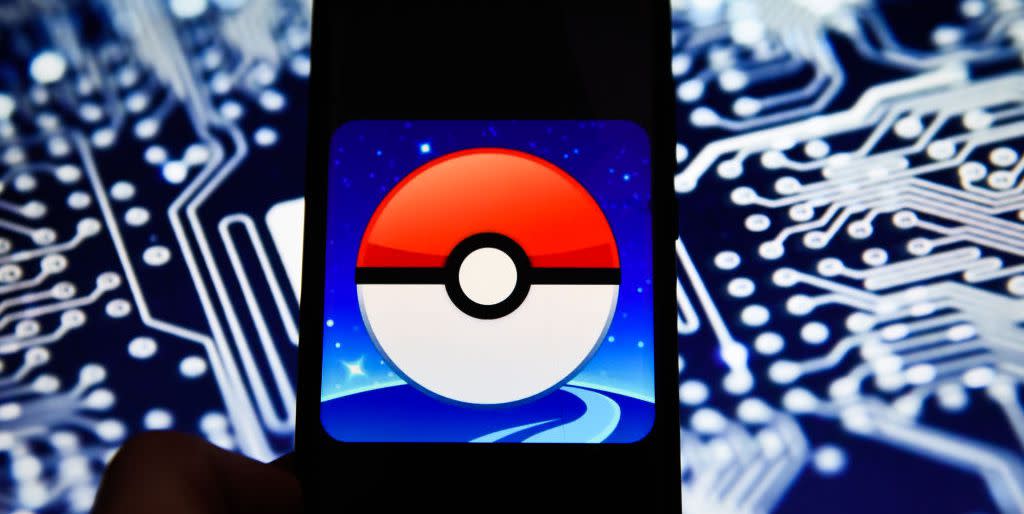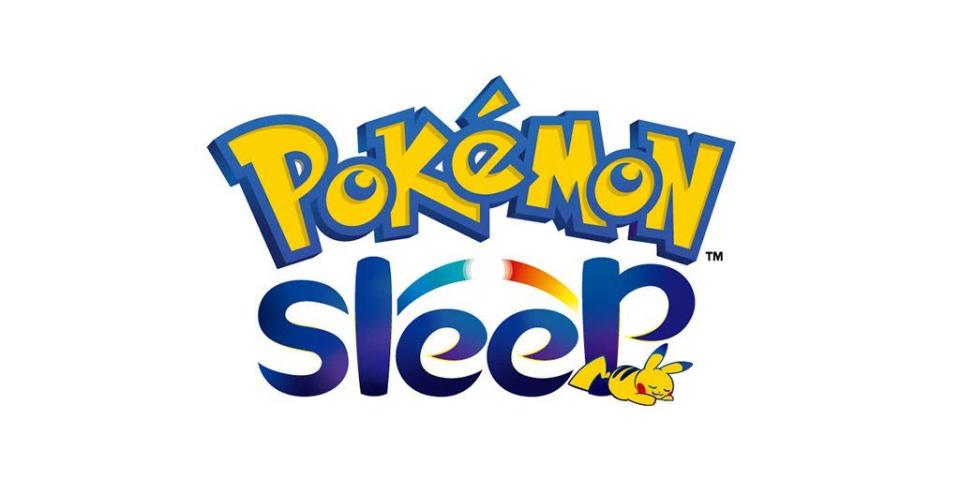Why Pokémon Wants to Gamify Your Sleep

You’ve probably played the mobile game Pokémon Go, where you’re encouraged to get out and explore the world in the name of capturing Pokémon by way of augmented reality. Now, Niantic, the same company behind the massively popular title, wants to turn another basic human activity into a game: sleeping.
Enter Pokémon Sleep. It’s exactly what it sounds like: a Pokémon game that’s essentially “played” while you sleep. As you saw logs like a Snorlax, it’ll record metrics related to your sleeping patterns. How, exactly, that will translate to player rewards or a gameplay loop has yet to be disclosed. But it’s meant to make sleeping an “experience,” as odd as that may sound.
Pokémon Sleep development is being handled by Pokémon Magikarp Jump developer Select Button, and the hardware appears to be mandatory. That means you can’t just install the app on your phone and start playing unless you’ve got the peripheral that goes with it. Unlike Pokémon Go, which only requires your smartphone to get you off the couch and walking around, you’ll need the upcoming Pokémon Go Plus + accessory to track your sleep when it debuts in 2020 alongside the game.
The current Pokémon Go Plus model runs $35 and lets you capture Pokémon with the press of a button outside of the main app. It’s a simple way to keep playing the game, even when you don’t want to get your phone out. But other than that, it doesn’t serve much of a purpose (unless you just love the feeling of holding a miniature Poké Ball in your hand).
The Pokémon Go Plus + upgrade will transform the ball into a flat device that you can sleep with so it can track your sleeping habits, and will likely be more expensive than its predecessor, though it can be used in the same ways.
Obviously, the idea of a sleep tracker is nothing new. Many fitness trackers and smartwatches are actually equipped with the same technology that would allow the Pokémon Go Plus + to achieve its goal of recording your sleep data: an accelerometer. However, this tiny motion detector only really measures one aspect of your sleep cycle: movement. You toss and turn in your sleep, and that can paint a pretty clear picture of how well you sleep through the night.
Through a metric called antigraphy, an accelerometer can approximate the quality of the sleep you’re getting as well as other variables. It’s nowhere near as sophisticated of a method as the much more complex polysomnography, but accelerometer-based sleep metrics don’t require you to be wired up to leads in a sleep lab. Why, then, is Niantic taking advantage of the tech now?
Put simply, it’s the perfect storm of Pokémon demand being at a fever pitch and the desire for a successful app to pull double duty and rake in more cash.
Given that Pokémon Go has amassed a whopping $2.5 billion in revenue since its 2016 release, it’s the perfect time to expand on its winning formula with a new app that’s even easier for players to adopt. All Pokémon Go, a free app, asks players to do is walk around. Purchases are optional, and yet it’s still amassed a mindblowing amount of money.
Give people the option to purchase a peripheral and ask them to sleep? That’s even easier than walking, and diehard fans will adopt their new nightly Pokémon ritual in the blink of an eye.
Plus, with Nintendo Switch exclusives Pokémon Sword and Shield on the horizon later this year, Pokémania is still at a high, and fans are as hungry as ever for anything with a Poké Ball emblazoned on it; the recent box office success of the live-action Detective Pikachu film more than proves this. The time is ripe for the natural evolution (pun intended) of ancillary Pokémon games, whether we like it or not.

Our take: While it’s easy to support any initiative that encourages people to get a good night’s sleep, calling Pokémon Sleep "entertainment" at this point is a bit of a stretch. We don’t yet know what kind of content players can unlock with their sleep data, but given that no one can feasibly “play” a game while snoozing, all it will likely amount to is a rudimentary sleep tracker with a pricey doodad that most players will likely tire of after a few weeks.
That said, it’s an interesting attempt at innovation and likely a surefire hit for Niantic to line its pockets with-just not exactly one that sounds like the most fun.
Gamifying sleep has interesting applications, especially when it comes to encouraging people to get off their smartphones and go to bed, but it feels a bit odd within the Pokémon ecosystem.
It’s a good idea to reward players for getting out into the world and tracking down monsters with Pokémon Go, and it mimics what being a real-life Pokémon trainer might actually be like, down to being required to walk a certain amount of steps to hatch eggs. It’s also an easy way for players to get healthy. Sleeping, however, doesn’t quite have the same kind of ring to it.
The Pokémon Company didn’t let the cat out of the bag just yet regarding what will happen with the app (much less the data it collects) while you’re peacefully catching ZZZs, but when it comes right down to it, turning sleep into a video game is simply a strange idea at its core, especially when you remove the most important aspect of the medium: its interactivity.
Pokémon Sleep is targeting a 2020 release, but we’ll likely hear more about how it works ahead of when it makes its grand entrance. Our most important request at this point? A special Jigglypuff-themed lullaby mode to help players get into the mood for a sleep session.
('You Might Also Like',)

